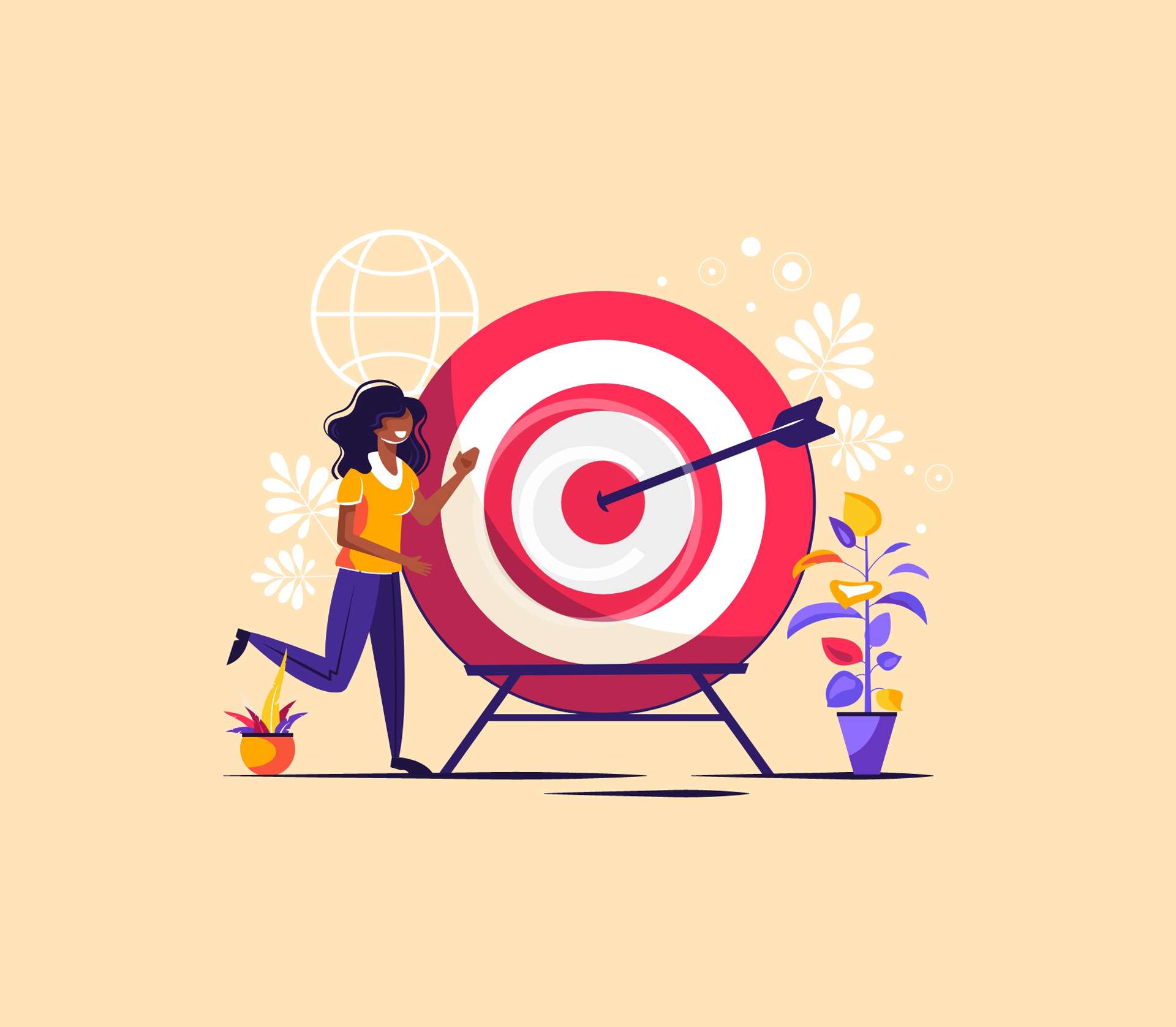Designing is the art and science of creating visuals and interfaces that are both aesthetically pleasing and functional. It plays a crucial role in shaping a customer’s first impression of a brand, product, or service. Whether it’s a website, app, or physical product, great design enhances usability and communicates the brand’s values effectively.
Detailed Overview
Designing begins with understanding the audience and the purpose of the design. For instance, an e-commerce website might prioritize user-friendly navigation and fast loading speeds, while a luxury brand’s packaging might emphasize elegance and sophistication.
In the digital space, UI (User Interface) and UX (User Experience) design are pivotal. UI focuses on the visual elements like buttons, icons, and typography, ensuring they align with the brand identity. UX, on the other hand, is about how users interact with the design, ensuring a smooth and intuitive experience.
For physical products, designing includes conceptualizing shapes, materials, and aesthetics that align with the brand’s image while being practical. Every design decision, from color choices to layout, aims to evoke the desired emotions and facilitate ease of use, reinforcing the brand’s message.


Key Areas of Designing
Graphic Design:
Creating visual elements like logos, banners, social media graphics, and advertisements.
Example: Canva designs for Instagram posts.
Goal: Communicate ideas and attract attention.
UI/UX Design (User Interface/User Experience):
Designing user-friendly and visually appealing interfaces for websites and apps.
UI (User Interface): Focuses on aesthetics, like buttons, colors, and layout.
UX (User Experience): Ensures ease of navigation and overall satisfaction.
Goal: Enhance user engagement and retention.
Web Design:
Developing websites that are visually appealing, fast-loading, and mobile-friendly.
Strategies: Responsive design, SEO-friendly structure, and integration of multimedia.
Goal: Ensure a seamless browsing experience.
Product Design:
Conceptualizing and creating innovative and functional products.
Example: Packaging design for retail items or UI design for SaaS platforms.
Goal: Increase usability and aesthetic appeal.
Packaging Design:
Designing the external look of a product to attract customers and protect the item.
Example: Minimalistic, eco-friendly packaging for a beauty product.
Goal: Reinforce branding and attract buyers.
Importance of Designing
- Aligns with branding to create a cohesive and professional image.
- Improves customer engagement through visually appealing content.
- Enhances the usability of products and platforms.

